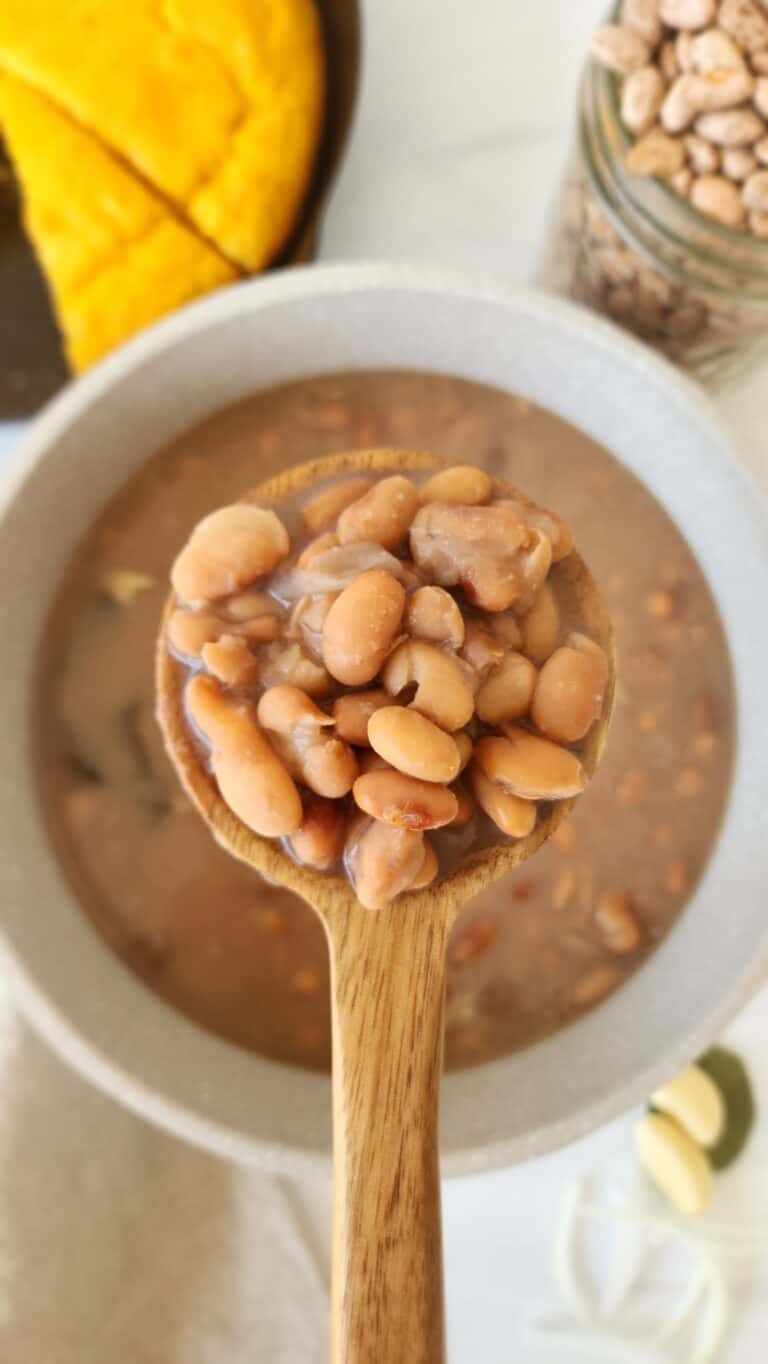November is National Diabetes Awareness Month. 25.8 million Americans have diabetes – 8.3% of the U.S. population. Of these, 7 million do not know they have the disease. If current trends continue, according to a report from the Centers for Disease Control and Prevention, 1 in 3 people will have Type 2 diabetes by 2050. Is there any good news about an epidemic that’s out of control? Many health professionals believe that diabetes is an almost totally avoidable disease (type 2). It’s estimated that 92 percent of the cases could be avoided by diet and lifestyle.
What’s Your Risk?
Many people who have pre-diabetes – and many others who have diabetes – don’t even know it. (I wrote a whole blog about how pre-diabetes doesn’t even trigger a fuss at the doctor’s office when it should). The only way to find out is to get your blood sugar tested (at least every three years starting at age 45). Your risk is higher if you:
- Are age 45 or older
- Are overweight
- Are African-American, Asian-American, Hispanic/Latino-American, Pacific Islander, or American Indian.
- Have a parent, brother, or sister with diabetes.
- Have high blood pressure (above 140 over 90)
- Have low HDL (“good”) cholesterol (less than 40 for men; less than 50 for women)
- Have high triglycerides (250 or more)
- Had diabetes when pregnant or gave birth to a large baby (over 9 pounds)
- Are active fewer than three times a week
Here’s a link from the American Diabetes Association to find out your risk: Diabetes Risk Assessment Test
If you have your blood work and are wondering what your numbers mean, pay attention to the blood glucose level. Here’s what the numbers indicate:
The cutoffs for pre-diabetes and diabetes depend on whether your blood is tested after an eight-hour fast or without fasting. If your blood glucose if after an eight-hour fast, and your glucose is between 100-125mg/dL that is considered pre-diabetes. If your blood glucose after the eight-hour fast is 126mg/dL or higher, that is considered diabetes.
If you do have a family history of diabetes your doctor may also take test your Hemoglobin A1C. The Hemoglobin A1C is an average over the last three months of what your blood sugar is doing. If the Hemoglobin A1C is 5.7-6.4% this is considered to be pre-diabetes. If the Hemoglobin A1C is 6.5% or higher, that is considered diabetes.
Want to avoid diabetes? Keep your weight – and especially your waist – under control, and spend more time on your feet than on your seat. Making a few lifestyle changes can dramatically lower the chances of developing type 2 diabetes.
- Control Your Weight – The best way to dodge diabetes is to lose weight (or not gain) extra pounds. Losing 7-10% of your current weight can cut your chances of developing type 2 diabetes in half. Losing any excess weight – and keeping it off – is the best defense against diabetes.
- Get Moving – and Turn off the Television – Inactivity promotes type 2 diabetes. Working your muscles more often and making them work harder improves their ability to use insulin and absorb glucose. This puts less stress on your insulin-making cells. Do at least 30 minutes of brisk walking or other aerobic exercise every day. Include strength training two or three times a week as well. Limit the time you spend sitting at work, at home, or in between.
- Tune Up Your Diet – Dietary changes can have a big impact on the risk of type 2 diabetes: Choose whole grains and whole grain products over highly processed carbohydrates. Whole grains don’t have a magical nutrient that fights diabetes and improves health. It’s the entire package – elements intact and working together – that’s important. The bran and fiber in whole grains make it more difficult for digestive enzymes to break down the starches into glucose. This leads to lower, slower increases in blood sugar and insulin, and a lower glycemic index. As a result, they stress the body’s insulin-making machinery less, and may help prevent type 2 diabetes. Whole grains are also rich in essential vitamins, minerals, and phytochemicals that may help reduce the risk of diabetes. Skip the sugary drinks and choose water. When it comes to diabetes, sweet beverages seem to be a double-whammy. Their high-fructose corn syrup and other sugars increase the demand for insulin and have a high glycemic load. The sugar you sip may add flab more than the sugar you chew. Liquid calories don’t seem to lead to satiety and the reduction in subsequent food intake that you might have with solid calories. It’s east to take in a large amount so easily. Think your drink. Replace saturated fat and trans fat with unsaturated fat – The types of fats in your diet can also affect the development of diabetes. The unsaturated fats found in liquid vegetable oils, nuts, and seeds can help ward off type 2 diabetes. Trans fats do just the opposite. Trans fats are found in many margarines, packaged baked good, fried foods in fast-food restaurants, and any product that lists “partially hydrogenated vegetable oil” on the label.
- If you smoke, Try to quit. Smokers are roughly 50% more likely to develop diabetes than nonsmokers, and heavy smokers have an even higher risk.
- Alcohol Now and Then May Help – A growing body of evidence links moderate alcohol consumption with reduced risk of heart disease. The same may be true for type 2 diabetes. Moderate amounts of alcohol – up to a drink a day for women, up to two drinks a day for men – increases the efficiency of insulin at getting glucose inside cells. If you already drink alcohol, the key is to keep your consumption in the moderate range, as higher amounts of alcohol could increase diabetes risk. If you don’t drink alcohol, there’s no need to start – you can get the same benefits by losing weight, exercising, and changing your eating patterns.
The bottom line and the good news about diabetes: it’s not inevitable. Keep your weight – and especially your waist – under control, and spend more time on your feet than on your seat!







